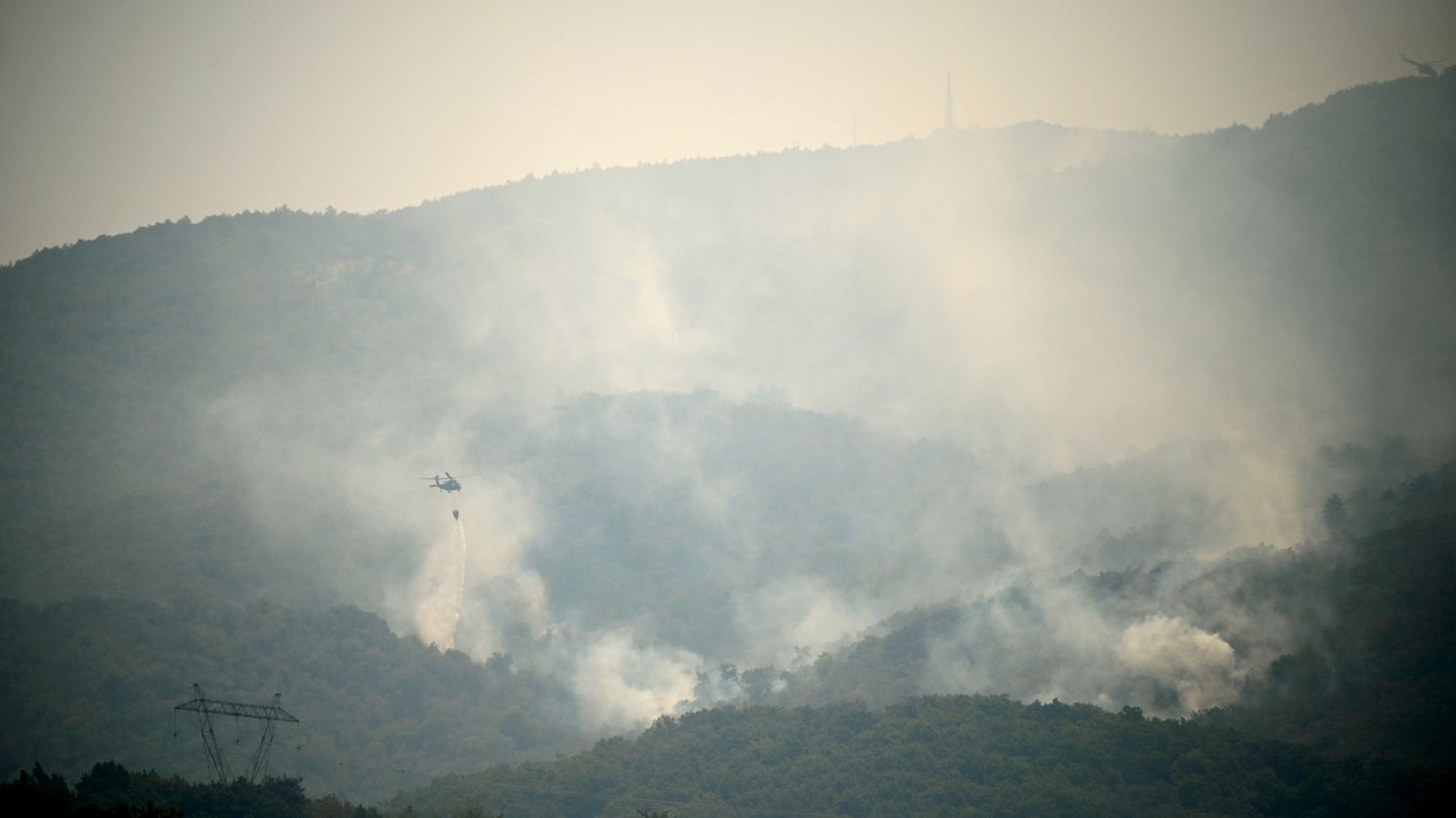While the high fire season is not yet over, the provisional toll of fires is increasing in the European Union with already more than 660,000 hectares (662,776, precisely) burned since January. This is a record at this stage of the year, according to the european forest fire information system (EFFIS), which has kept comparable statistics since 2006 using satellite images from the European Copernicus programme.
The area hardest hit by the fires is the Iberian Peninsula. Spain, dried up like France by several heat waves, saw 246,278 hectares ravaged by fires, mainly in Galicia in the northwest. However, the situation has improved with the drop in temperatures. Portugal has also been fighting for more than a week against a fire in the world geo-park located in the region of the Serra da Estrela mountain, recognized by Unesco.
Global warming will accentuate the trend
After Spain, the first places in this sad ranking are occupied by Romania (150,528 hectares), Portugal (75,277 hectares) and France (61,289 hectares). Our country certainly experienced even worse years in the 1970s, before the appearance of standardized European data. But the year 2022 is the most serious in sixteen years, according to these figures. This is due, in large part, to the two large successive fires in Gironde, where German, Polish and Austrian firefighters arrived this week as reinforcements.
During the summer period alone, “2022 is already a record year”, commented Jesus San-Miguel, coordinator of EFFIS. The previous record for Europe dated from 2017, when 420,913 hectares had gone up in smoke on August 13, and 988,087 hectares in one year. “Hopefully we don’t have the October we had that year”, he continues. In one month, some 400,000 hectares had then been destroyed across Europe in one month.
The exceptional drought in Europe, combined with heat waves, facilitates the outbreak of fires. These ultra-dry conditions were more often seen in countries bordering the Mediterranean Sea, but “this is exactly what happened in central Europe”, adds Jesus San-Miguel, while the region was until then spared by these meteorological phenomena. The continued global warming of the whole of Europe should only accentuate the trend.
